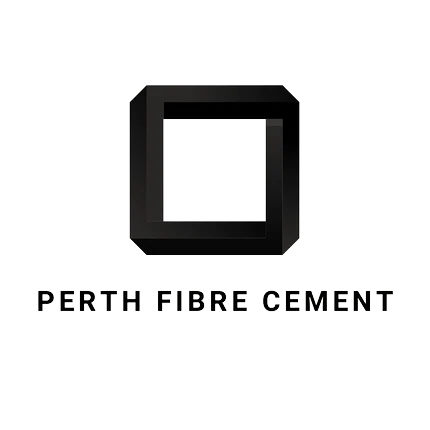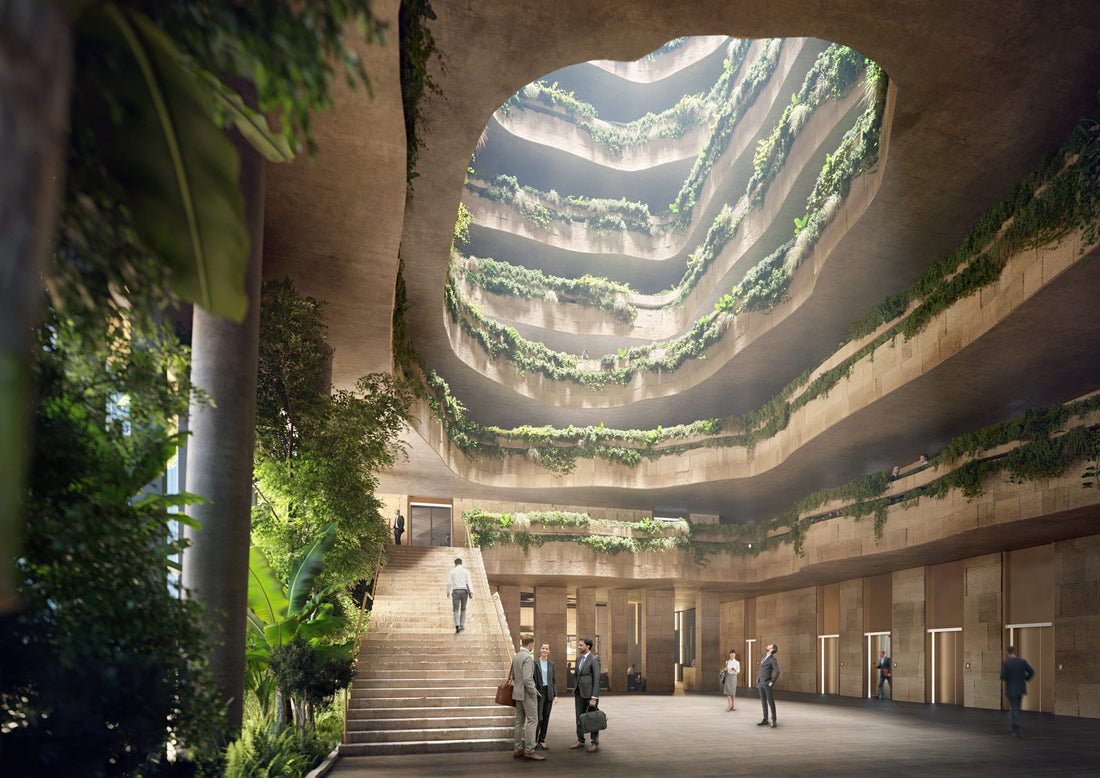In the ever-evolving world of architecture and construction, sustainability has taken centre stage. Architects, builders, and homeowners are increasingly seeking materials that not only meet their design and functional needs but also align with eco-friendly and sustainable practices. Fibre cement, a versatile and durable building material, has emerged as a key player in sustainable architecture, providing a wide range of benefits that contribute to green construction practices.
Durability for Longevity:
Sustainability begins with the longevity of materials and structures. Fibre cement, exemplified by industry leaders like James Hardie and BGC, offers exceptional durability. This means that buildings clad in fibre cement are designed to withstand the test of time, reducing the need for frequent renovations and replacements. Some iconic projects, such as the Pixel Building in Melbourne designed by Studio 505, have showcased the longevity of fibre cement cladding.
Fire Resistance:
Fibre cement is naturally fire-resistant, an attribute that is of paramount importance in areas prone to wildfires or bushfires. Architects have chosen fibre cement cladding for its ability to enhance the fire safety of buildings without compromising on aesthetics. The innovative use of fibre cement in fire-resistant designs can be seen in projects like the Kangaroo Island Wildlife Retreat in South Australia, designed by Max Pritchard Architects.
Reduced Maintenance:
Low-maintenance materials contribute to sustainability by reducing the environmental impact of upkeep. Fibre cement cladding requires minimal maintenance compared to materials like wood, which often demand regular painting and repairs. This reduced maintenance burden translates into less energy, water, and resources being used over the life of a building. Architects recognize this advantage and have specified fibre cement in projects such as the environmentally conscious One Brighton development in the UK, designed by Feilden Clegg Bradley Studios.
Design Versatility:
Sustainable architecture often calls for innovative and aesthetically pleasing designs. Fibre cement cladding products from companies like BGC and James Hardie offer a range of textures, finishes, and profiles that can mimic the appearance of natural materials such as wood or stone. Architects can achieve their sustainable design goals while preserving the visual appeal of their projects. The Heide Museum of Modern Art's expansion in Melbourne, designed by OMA and Hassell, utilized fibre cement cladding to harmonize the old and new architectural elements, exemplifying the design versatility of this material.
Sustainable Sourcing and Manufacturing:
Fibre cement manufacturers are increasingly adopting sustainable sourcing practices and environmentally responsible manufacturing processes. By reducing energy consumption, recycling waste materials, and responsibly managing resources, these manufacturers contribute to a reduced carbon footprint for their products.
Conclusion:
In the realm of sustainable architecture, fibre cement has earned its place as a valuable building material. Its durability, fire resistance, low maintenance requirements, design versatility, and sustainable sourcing all align with the principles of green construction. Architects and builders are continually leveraging the benefits of fibre cement in their sustainable designs, showcasing how this material plays a crucial role in the creation of eco-friendly and enduring structures. As the architectural landscape continues to evolve, fibre cement is likely to remain a cornerstone of sustainable design and construction practices, shaping a more sustainable future for the built environment.

